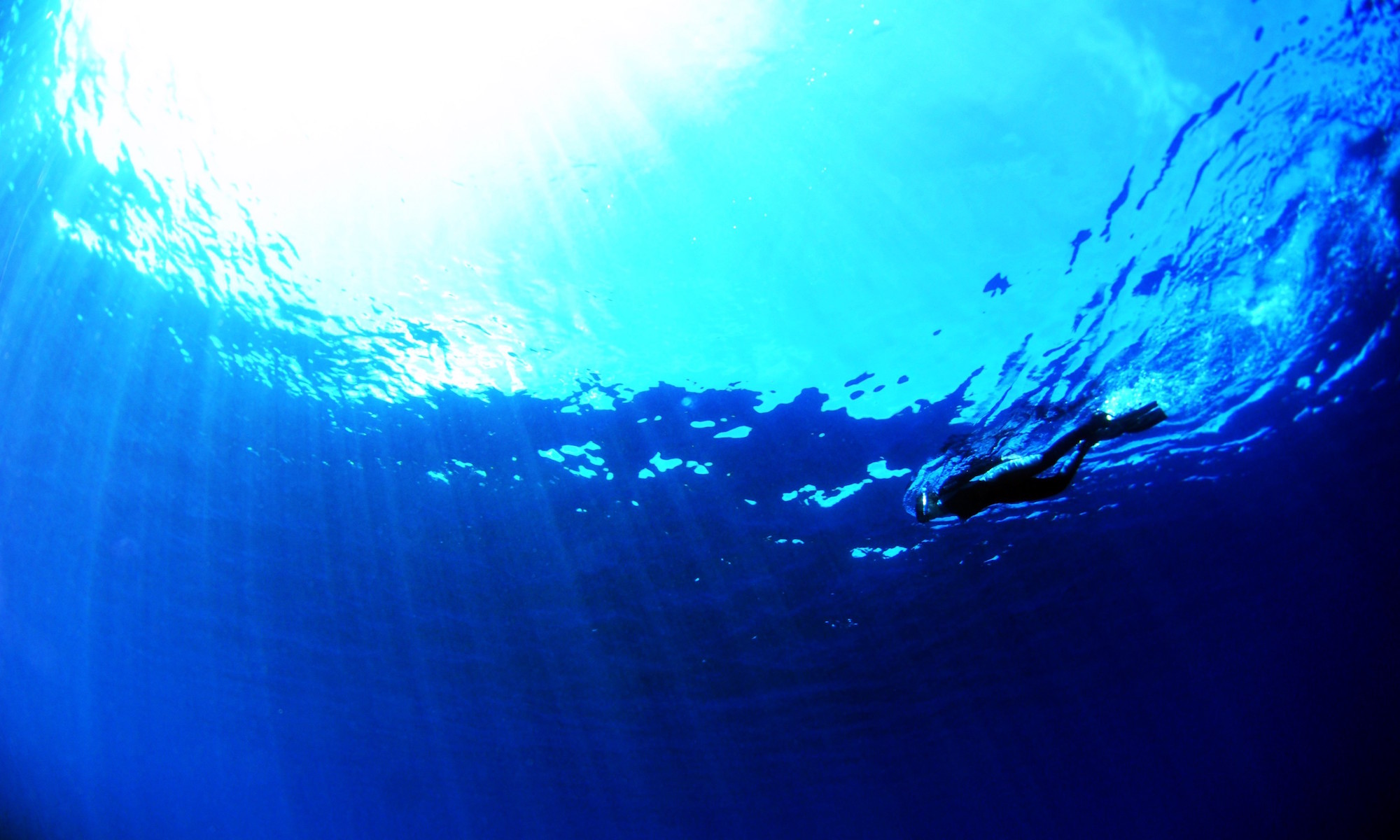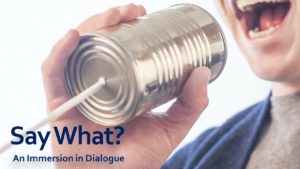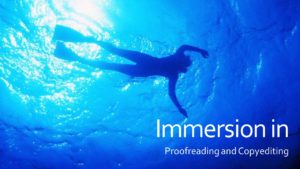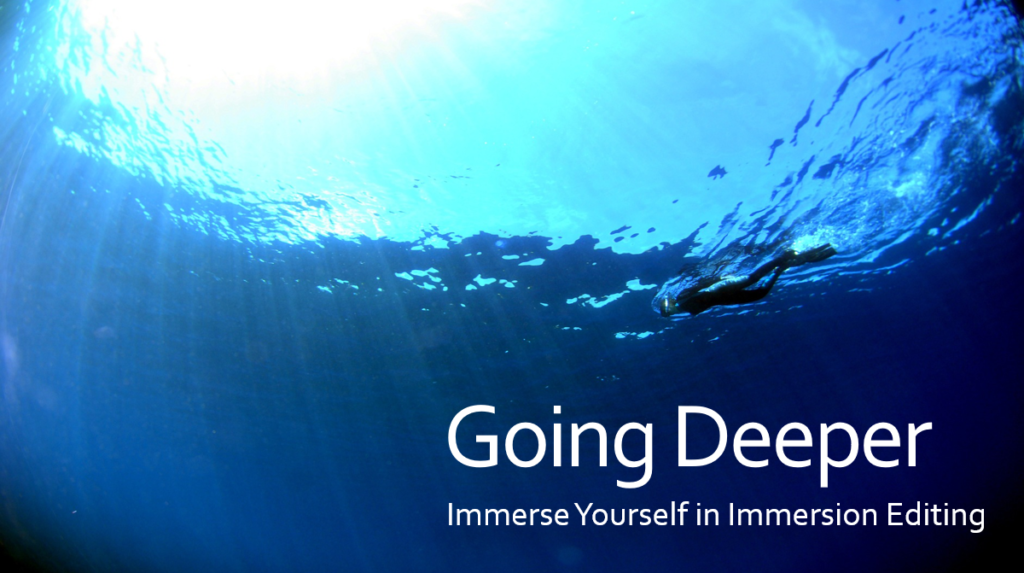Editors, by now you know that immersion editing is all about going deeper. Well, there’s no better way to go deeper than with developmental editing and content editing. So come take the plunge with Immersion in Developmental and Content Editing on Tuesday nights, April 23 through June 4.
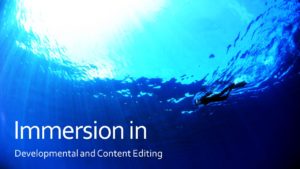
Please allow me to continue the water analogies: Developmental editing and content editing are uncharted seas for most editors. I know many editors who have never taken on a developmental and/or content editing assignment.
Why? Perhaps because they assume they’ll be sailing into choppy, murky waters where monsters abide.
In contrast, proofreading and copyediting are (usually) crystal-clear waters with easy-breezy cruising. After all, those editing levels are about mechanics. They boil down to rules and standards someone else has established. You can lean heavily—if not fall back on—CMOS, M-W, and in-house guides.
But there are no quick lookups with developmental editing and content editing. They’re not about grammar, spelling, style, punctuation, and other surface issues. Rather, they’re about organization, clarity, flow, intention, voice, and other in-depth issues.
How do you master developmental and content editing? By going deeper with immersion editing. So come take the plunge.
In this seven-week course, we’ll learn how to navigate these sometimes challenging waters. We will:
- Define developmental editing, content editing, and copyediting—and see why the lines often blur.
- Explore how developmental and content editing are perfect opportunities to go deeper with the immersion editing approach.
- Compare and contrast developmental and content editing across the spectrum of traditional publishing, hybrid publishing, and self-publishing.
- Uncover the secret immersion step that sets you up for success with developmental and content editing. (Spoiler: It happens before you make a single edit.)
- Understand why developmental editing is so much more than a beta read.
- Discover why content editing is the most important—yet most overlooked—level of editing.
- Learn why it’s crucial to create positive, trust-based relationships with authors, project managers, and other key collaborators.
If you’ve ever worked with me, you know my copyediting and proofreading mantra: “Look up everything—even if you know it.” But developmental and content editing are things you can’t just look up. You have to learn it, swim it, sail it.
So let’s dive in together, matey.
